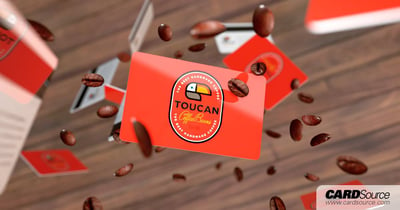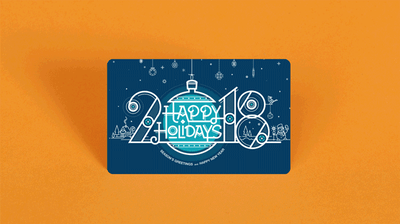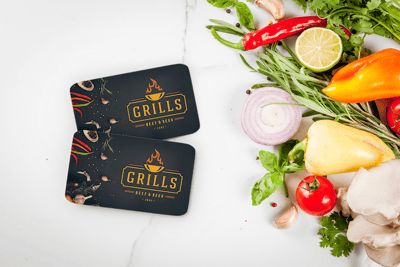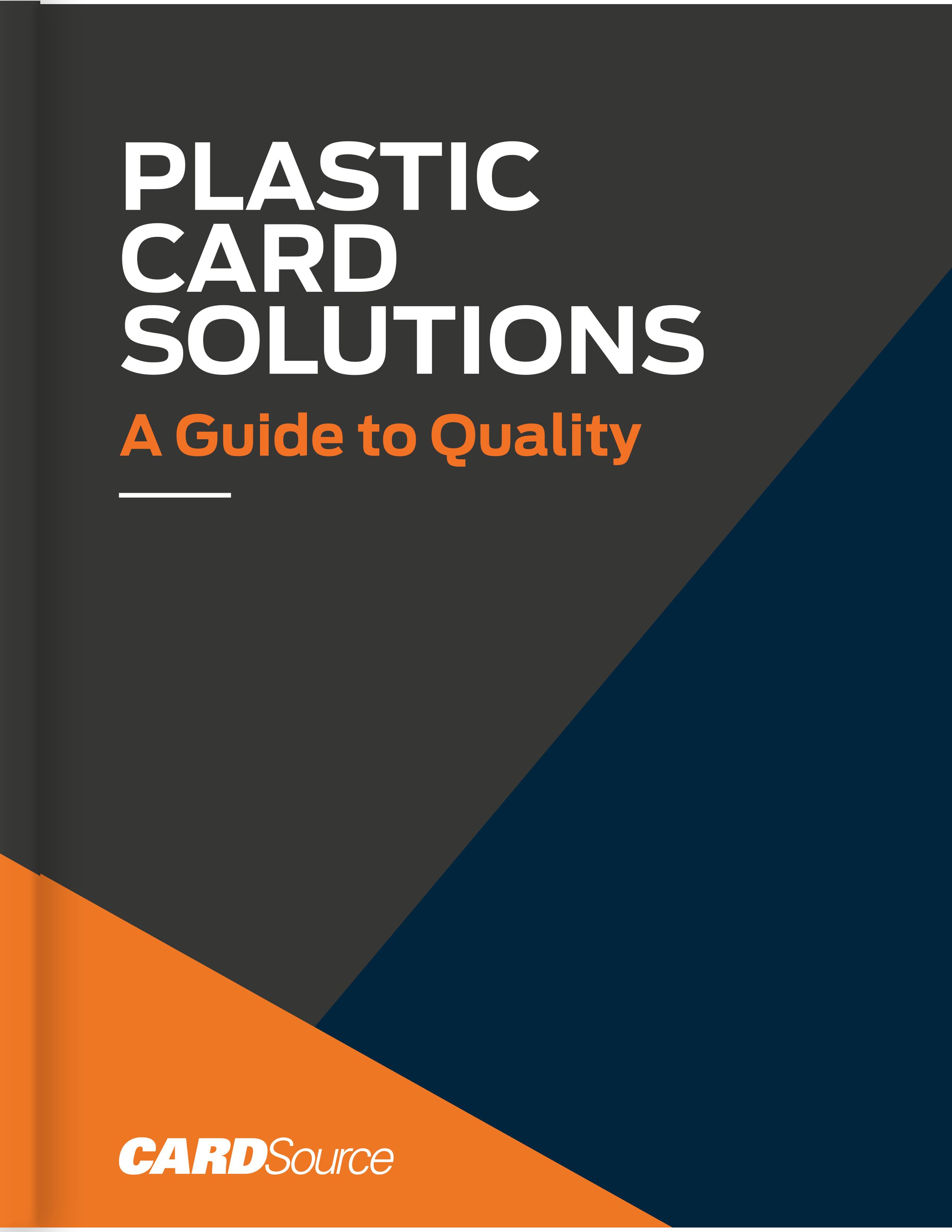What file type should you use for uploading an image to social media? What program should you use to create your logo? What about creating a printed pamphlet? With multiple programs and file types available, it can be confusing to understand which ones to use. With this short guide, you will be able to understand more about the different file types and programs, plus when it's best to use them based on the project you're working on.
Portable Document Format - PDF
A PDF is used for presenting a document with text and images that can be easily opened or downloaded by anyone and shared across multiple platforms, making them a popular choice. Within the design world one of their best features is that they can be multilayered. This is helpful because it gives the owner the ability to adjust and edit the document without much difficulty. One thing to note, if the original file was a flattened file type (i.e. jpg, png, tiff) and then saved in to a PDF, it will not retain the edit-ability.
When to use a PDF: A PDF is great for sharing documents, it keeps its integrity even when emailed or shared across multiple platforms and has the ability to be password protected. It's also be used to create digital fillable forms.

An example of a PDF document.
JPEG
A JPEG or JPG is a compressed image file that is considered lossy. This means that the file does not include multiple layers and cannot be edited in any way. The recommended standard resolution for a JPG is 300ppi at 100% for printing. Anything less will start to show the individual pixels with the naked eye. This makes the image look blurry or pixelated.
When to use a JPEG: JPGs are great for pictures or images because they help keep the integrity of the image. This where this file format shines! They can show you all of the detailed parts of the image without getting too bogged down with each layer. They can also be shared across many different platforms making it very versatile.

An example of a JPEG.
Portable Network Graphics - PNG
PNGs are another image file type, they’re considered lossless. The biggest advantage of this file type is its ability to keep the background transparent. They are flattened images that are created with pixels. A pixel is the tiny squares of color that when all put together create a picture. When you make a small image very large you will start to see these squares (pixels).
When to use a PNG: A PNG’s main use is for web-based platforms. It is really wonderful to use for logos and graphics that make up websites. It can be a very small file size which then doesn’t bog the computer’s speed down when trying to open a web page. As said before, their ability to contain a transparent background makes them perfect for logos.

An example of a PNG.
Graphics Interchangeable Format - GIF
GIF's are a common file type as they can be animated. They have the capability for allowing transparency for one color. GIF's have become an extremely popular format on the web since you can make fun animations out of images.
When to use a GIF: When creating an animated image or for creating small icons.
 An example of a GIF.
An example of a GIF.
Tag Image File Format - TIFF
TIFFs are used for lossless compression. They are very similar to a JPG but instead give the user a bit more edit-ability once the file is created. Because of this, these file formats are incredibly large and difficult to share using most platforms.
When to use a TIFF: TIFFs are generally only used by professional photographers. They keep the highest quality image giving them the ability to print or use them at incredibly large scales.
 Any type of large photo could be a TIFF file.
Any type of large photo could be a TIFF file.
Encapsulated PostScript - EPS
EPS files are created using vector graphics editor software such as Adobe Illustrator. This is the only file format that is saved in a vector therefore can be enlarge or shrunk to any size while still keeping its integrity. These files can be tricky as you need special programing in order to open them, so they are not very versatile.
When to use an EPS: EPS files are perfect for projects such as logos or icons. If you save a logo as an EPS you can send it to any printer and use it for projects ranging from putting your logo onto a pen or blowing it up onto a billboard.
Adobe InDesign File - ID
InDesign is used for completing layouts or publications such eBooks, magazines, cards, brochures, or any other collateral. InDesign files are one of the highest file formats you can submit for printing. The file holds the formatting, content, styles, fonts and linked files so make sure to 'package' the file when sending it to a printer, so they have everything they need all in one place.
When to use InDesign files: InDesign is great for when you have the individual pieces of a document complete and need to put them into a well-balanced, cohesive layout. There are many tools within the program to help ensure that all elements are lined up correctly.
 An eBook would be created in InDesign.
An eBook would be created in InDesign.
Adobe Photoshop Files - PSD:
Photoshop is a great tool to edit photographs or images that are rasterized (meaning made out of pixels and single layered). When you use the layers within the program you can combine and edit elements both as a whole or individually.
When to use Photoshop files: Photoshop is great for pictures. If you need to edit a picture or combine multiple pictures. Basically, anything that involves editing or adjusting images. It can also be used with tablets or touch screens for drawing directly onto the image.
/PIM%20Show.jpg?width=400&name=PIM%20Show.jpg) An example of a Photoshop file.
An example of a Photoshop file.
Adobe Illustrator Files - AI:
Adobe Illustrator is a unique program because all of their graphics are created using vectors. This is unique because each portion of the design is created using lines rather than pixels. This gives the designer the ability to enlarge or shrink the image to any size without damaging the integrity of the image. This is what makes it a designer’s best friend.
When to use Illustrator files: When you need to create artwork such as logos or illustrations. There are many different tools to help the designer manipulate the lines, creating multi-layered artwork that's completely editable.
/building%20print%20ready%20artwork.jpg?width=600&name=building%20print%20ready%20artwork.jpg)
An example of a vector image that was created in Illustrator.
There you have it, a brief guide on different file types and programs. Along with understanding file types, it's also important to know how to create print ready artwork. If you have any more questions about file types, programs or printing; give us a shout. We are here to help!




